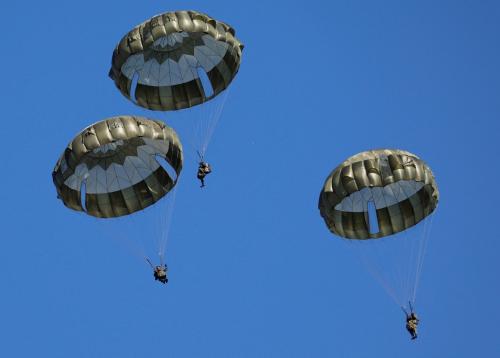Potential opponents of the U.S. armed forces learned an important lesson during the first Gulf War. Fixed military assets on the surface were extremely vulnerable to American aerial assault. To survive, key operational bases and weapons caches would have to be situated underground.
In the years following Operation Desert Storm, military strategists debated the best way to destroy such “hardened” and deeply buried targets, knowing full well that attacks on subterranean bunkers or weapons stockpiles would face uncertain chances of success. Worse, they could inadvertently disperse any buried chemical or biological agents into the surrounding areas-with lethal effect.
One solution that defense strategists discussed would be to deploy earth-penetrating nuclear warheads with reduced explosive yields. The specialized munitions would burrow a short way into the ground before detonating, thereby increasing their destructiveness and, it was hoped, reducing the release of radioactive fallout. In principle, the heat and radiation from the explosion could also destroy chemical and biological agents.
For the past two years, debate has again raged over these weapons. But lost in the frenzy has been adequate discussion of whether the military advantages of these weapons can offset their political and diplomatic liabilities. Non-nuclear alternatives to these technologies may well be able to achieve most, if not all, of the same ends with far less incidental risk-not just political and human, but military as well.
View the full article at Scientific American (subscription required)
The Brookings Institution is committed to quality, independence, and impact.
We are supported by a diverse array of funders. In line with our values and policies, each Brookings publication represents the sole views of its author(s).



Commentary
Nuclear Bunker Buster Bombs
August 1, 2004